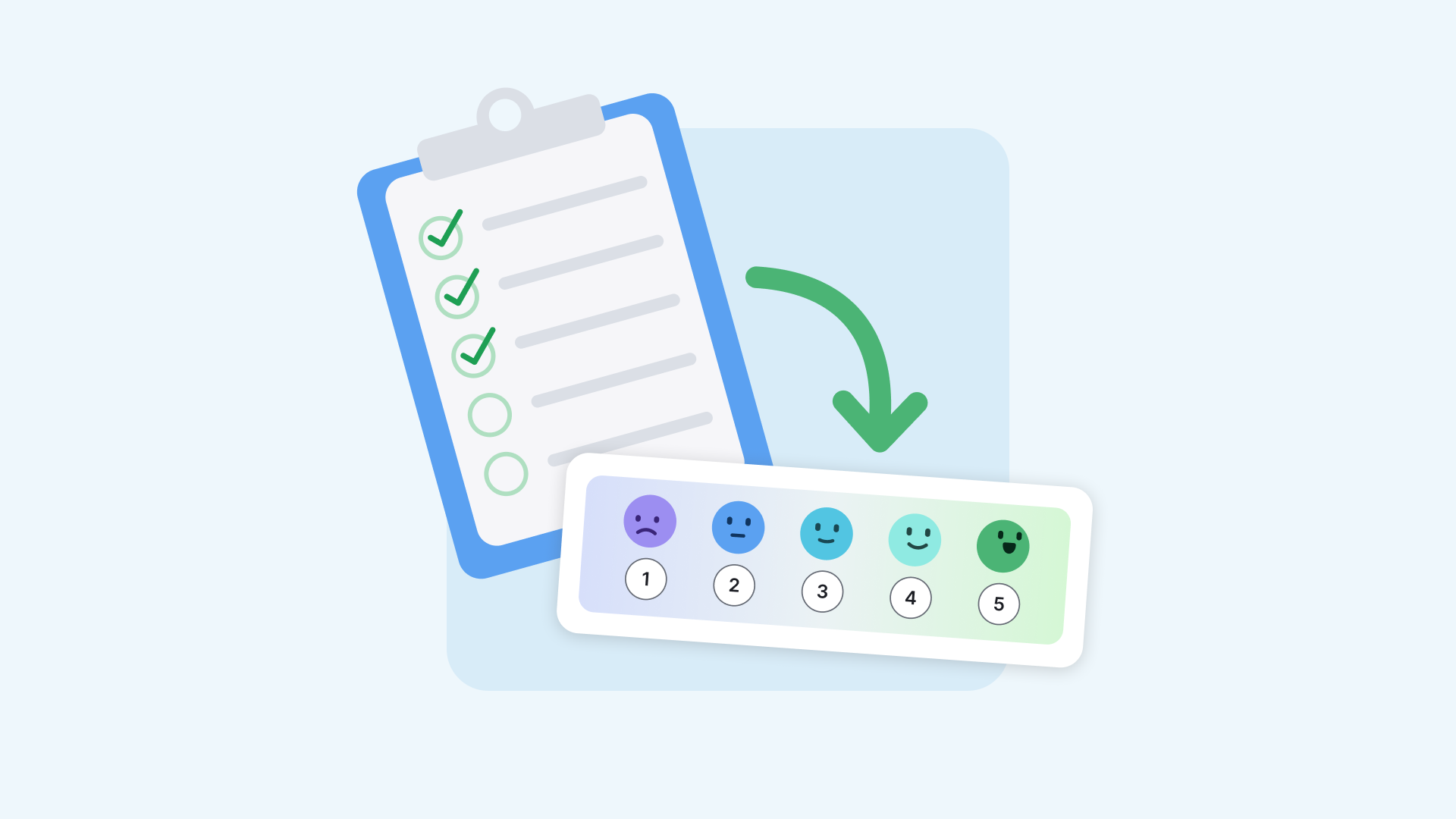Engagement Surveys vs. Pulse Checks: What’s the Difference?

Employee engagement has become one of the defining challenges for modern organizations. Leaders want to understand how people feel, where teams are struggling, and what they can do to improve performance and culture.
Two of the most common tools for gathering this insight are engagement surveys and pulse checks. Although they often get grouped together, they serve very different purposes.
To get the most value from either, companies need clarity on what each tool measures and what kinds of decisions it can support. The difference comes down to timing, depth, and the role each plays in creating a responsive, healthy workplace.
What engagement surveys are designed to do
Engagement surveys are the long-form assessments many organizations send once or twice per year, and are designed to measure the overall health of the employee experience. These surveys often include dozens of questions covering themes like belonging, leadership effectiveness, communication quality, career development, and alignment with company values.
The strength of an engagement survey comes down to breadth. It offers a wide snapshot that can reveal systemic issues, long-term trends, and how employees feel about the major pillars of their work environment. This makes engagement surveys useful for:
- Establishing a baseline for engagement
- Understanding high-level organizational health
- Tracking year-over-year shifts
- Informing long-term strategy
- Setting priorities for HR and leadership initiatives
These surveys are valuable because they create a moment of reflection. Employees can pause, evaluate their experience, and share deeper feedback than they might volunteer during everyday conversations.
But engagement surveys also have limits. Because they happen infrequently, they struggle to capture the real-time factors that affect employee performance and sentiment. And, by the time an organization analyzes the results, forms action plans, and starts implementing changes, months may have passed. And that’s assuming People Teams are carving out time to implement changes based on feedback.
Some employees are also hesitant to be completely truthful; while engagement surveys are deemed “anonymous,” some still fear that their People Teams can know who said what.
What pulse checks add to the picture
Pulse checks are short, frequent, focused questions sent to employees throughout the year. These can be weekly, monthly, or timed around key events like product launches, leadership shifts, or organizational updates. The goal is to understand how employees feel right now and respond before small problems become bigger ones.
Rather than measuring everything at once, pulse checks zero in on a specific aspect of the employee experience. They may focus on workload, clarity of goals, team morale, recognition, psychological safety, or support from managers. Because pulse checks require only a quick response, employees are more likely to participate consistently.
Pulse checks help organizations:
- Stay close to day-to-day sentiment
- Identify emerging issues early
- Measure the impact of recent changes
- Track progress on specific culture or performance initiatives
- Build trust through continuous listening
Pulse checks are especially powerful for managers. With frequent insights, managers can adjust how they support their teams, improve communication, or unblock challenges before they affect engagement or performance.
Why organizations benefit from both
Think of engagement surveys and pulse checks as complementary tools:
- Engagement surveys provide a big picture analysis: long-term trends, structural issues, and strategic priorities.
- Pulse checks provide real-time data: how people feel in the moment and how conditions change week to week.
Together, they create a more complete understanding of employee engagement. Organizations can use the engagement survey to set annual or semi-annual priorities. Then, pulse checks can help monitor progress and guide small adjustments throughout the year.
This dual approach also improves accountability. Teams can’t wait a full year to see whether things have improved. The continuous insights from pulse checks allow leaders to demonstrate visible follow-through, which builds employee trust and strengthens the culture.
When to use engagement surveys vs pulse checks
A helpful way to distinguish them is to look at the type of question you want answered.
Use an engagement survey when you want to understand:
- How engaged employees feel overall
- How culture has shifted since last year
- How leadership, communication, and development programs are performing
- Where the biggest organizational gaps are
Use a pulse check when you want to know:
- How employees are feeling right now
- Whether workloads are manageable
- Whether recent changes are improving or hurting morale
- Whether teams feel supported and clear on priorities
- If new initiatives are landing as intended
Most companies use engagement surveys as a strategic tool and pulse checks as a tactical one. Engagement surveys tell you what to focus on, while pulse checks help you stay aligned and take action in real time.
Why continuous feedback matters more than ever
Workplaces are changing faster than traditional feedback cycles can handle. Employee expectations, workloads, team structures, and company priorities all shift throughout the year. Relying only on an annual survey makes employee sentiment feel static, when in reality it evolves week by week.
Continuous feedback creates a dynamic understanding of engagement. It gives employees a voice more regularly and helps leaders adjust their approach before problems escalate. When teams feel heard throughout the year, they are more connected to the organization’s mission.
Bonusly’s pulse checks: designed for today’s workplace
Bonusly pulse checks are built to support a continuous feedback culture. Instead of waiting for a once-a-year survey, teams get quick, lightweight insights that reveal how people feel in the moment.
Bonusly makes pulse checks simple, fast, and actionable. Questions are tightly integrated with the habits employees already have on the platform and managers and leaders can monitor trends, address challenges early, and reinforce what’s working across the company.
For organizations that want a more responsive, human-centered approach to engagement, pulse checks create the steady rhythm that keeps teams aligned and thriving. To see for yourself, get started for free.





.png)

